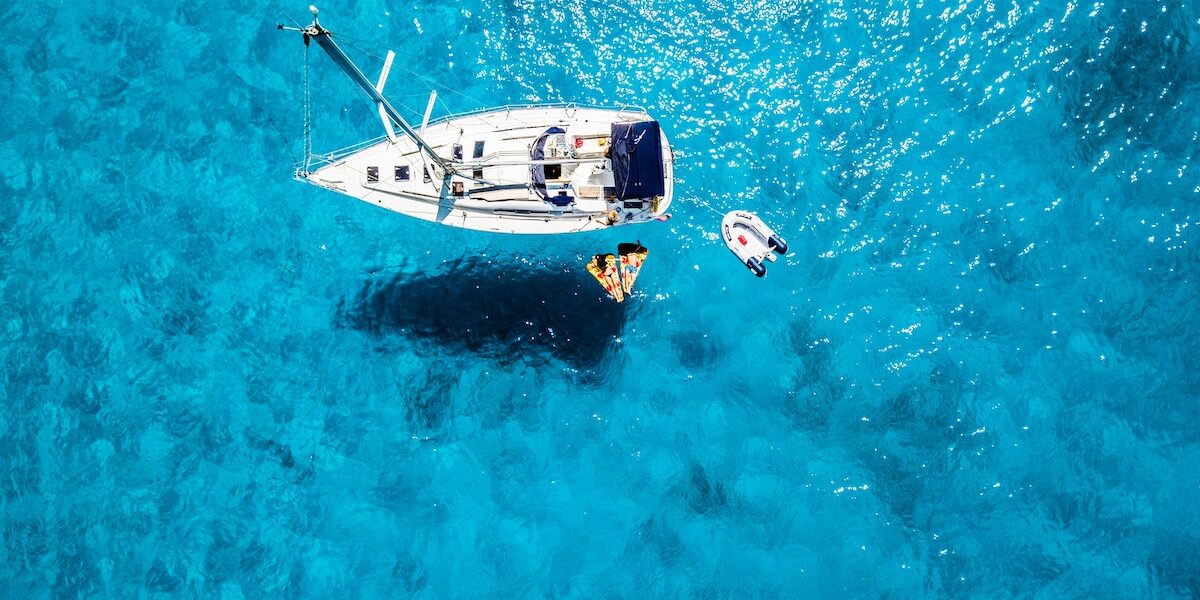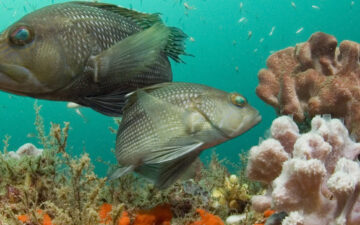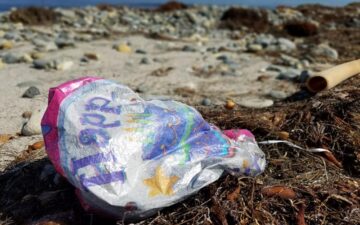Jessie Neumann, TOF Communications Assistant
Seagrass. Ever heard of it?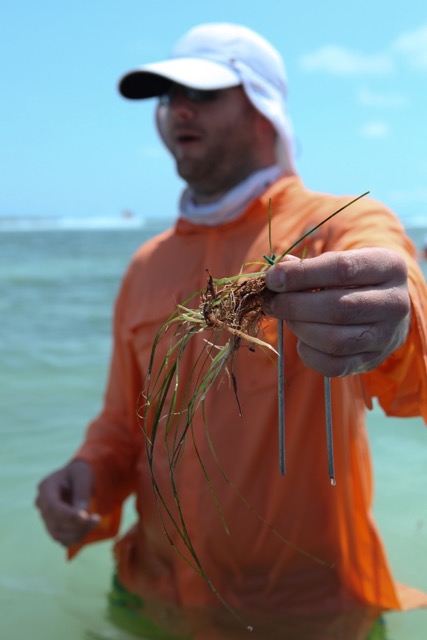
We talk about seagrass a lot here at The Ocean Foundation. But what exactly is it and why is it so important?
Seagrasses are flowering plants that grow in shallow waters along coasts and in lagoons. Think of your front lawn… but under water. These meadows play a huge role in ecosystem services, carbon uptake and coastal resiliency. They may not have the celebrity status of coral, but they are equally important and equally at threat.
What’s So Special about Seagrass?
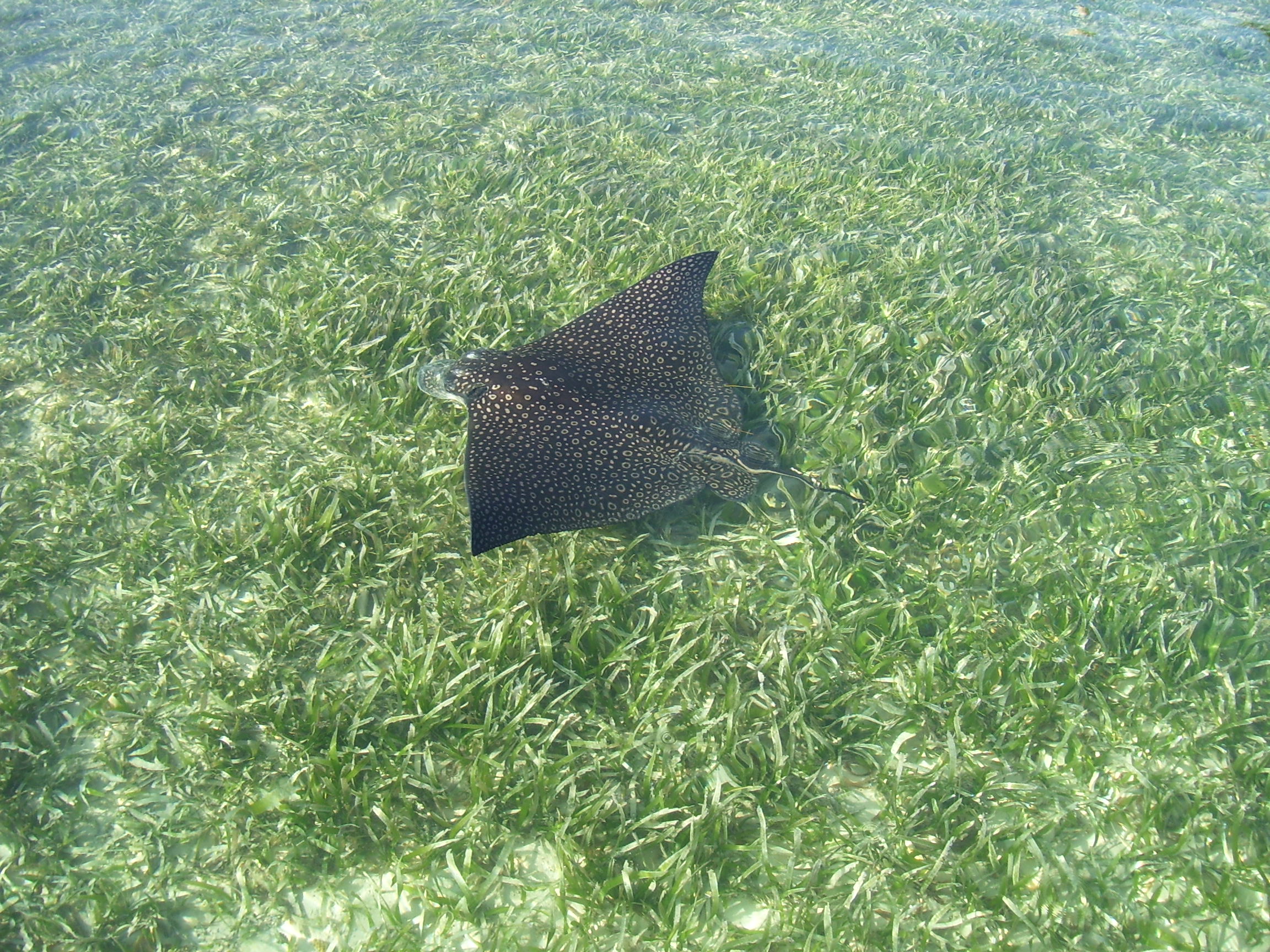 They are of vital importance to marine life, ocean health and coastal communities. The low growing plant functions as a nursery for juvenile fish, providing food and shelter until they are ready to migrate out, typically to nearby coral. One acre of seagrass supports 40,000 fish and 50 million small invertebrates. Now that’s a crowded neighborhood. Seagrass also forms the base of many food webs. Some of our favorite marine animals love to munch on seagrass, including endangered sea turtles and manatees for whom it is a primary food source.
They are of vital importance to marine life, ocean health and coastal communities. The low growing plant functions as a nursery for juvenile fish, providing food and shelter until they are ready to migrate out, typically to nearby coral. One acre of seagrass supports 40,000 fish and 50 million small invertebrates. Now that’s a crowded neighborhood. Seagrass also forms the base of many food webs. Some of our favorite marine animals love to munch on seagrass, including endangered sea turtles and manatees for whom it is a primary food source.
Seagrass is essential to the health of the ocean as a whole and a vital part of the solution to climate change. This impressive plant can store up to twice as much carbon as a terrestrial forest. Did you hear that? Twice as much! While planting trees is a step in the right direction, restoring and planting seagrass is a much more effective method of sequestering carbon and mitigating the effects of ocean acidification. Why, you ask? Well, there is less oxygen in wet soil, therefore the decaying of organic plant material is slower and the carbon remains trapped and intact far longer. Seagrasses occupy less than 0.2% of the world’s oceans, yet they are responsible for more than 10% of all carbon buried in the sea every year.
For local communities, seagrass is essential to coastal resiliency. The underwater meadows filter pollutants from water and provide protection from shoreline erosion, storm surges and rising sea levels. Seagrass is essential to not only the ecological health of the ocean, but also the economic health of coastal regions. They provide fertile ground for recreational fishing and encourage tourist activities, such as snorkeling and diving. In Florida, where seagrass flourishes, it is estimated to have an economic value of $20,500 per acre and a statewide economic benefit of $55.4 billion annually.
Threats to Seagrass
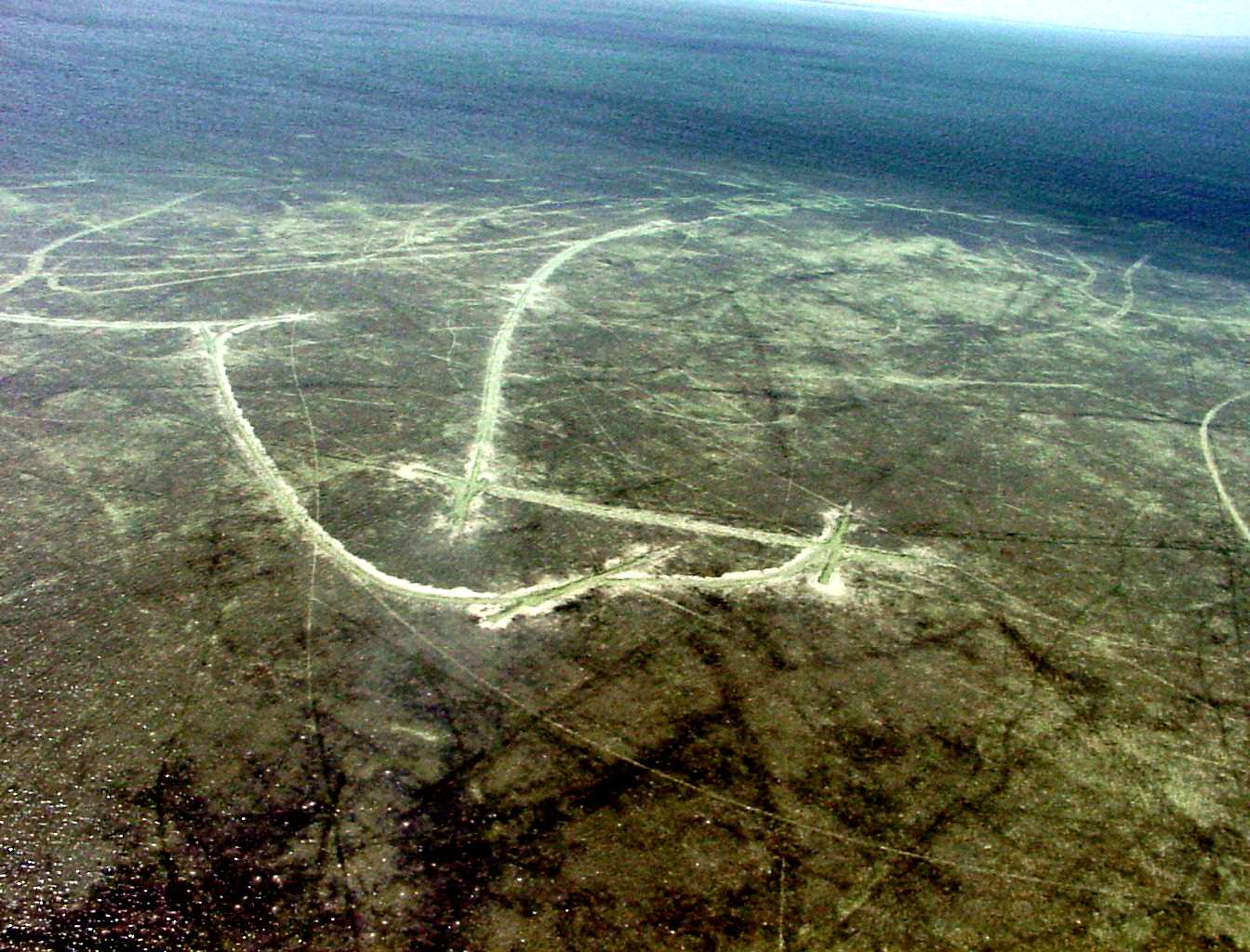
The biggest threat to seagrass is us. Both large and small scale human activities, from water pollution and global warming to propeller scars and boat groundings, threaten seagrass meadows. Prop scars, the effect of a turning propeller as a boat travels over a shallow bank cutting the roots of the plants, are particularly threatening as scars often grow into roads. Blowholes are formed when a vessel becomes grounded and attempts to power off in a shallow seagrass bed. These practices, while common in US coastal waters, are very easy to prevent with community outreach and boater education.
Recovery of scarred seagrasses can take as long as 10 years because once seagrass is uprooted, erosion of the surrounding area is imminent. And while restoration techniques have improved in the past decade, it remains difficult and expensive to restore seagrass beds. Think of all the work that goes into planting a flower bed, then imagine doing it underwater, in SCUBA gear, over many acres. That’s why our project, SeaGrass Grow is so special. We already have the means in place to restore seagrass.
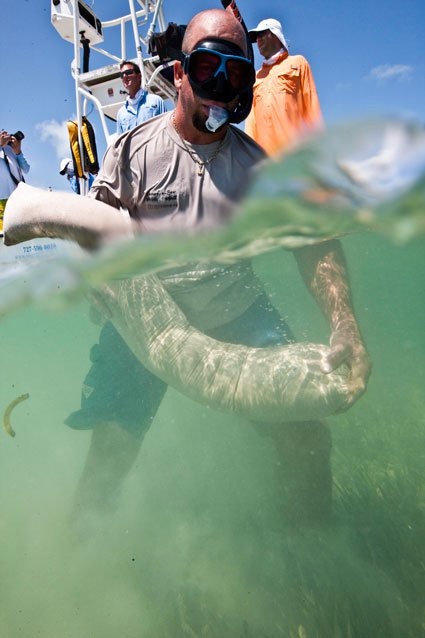
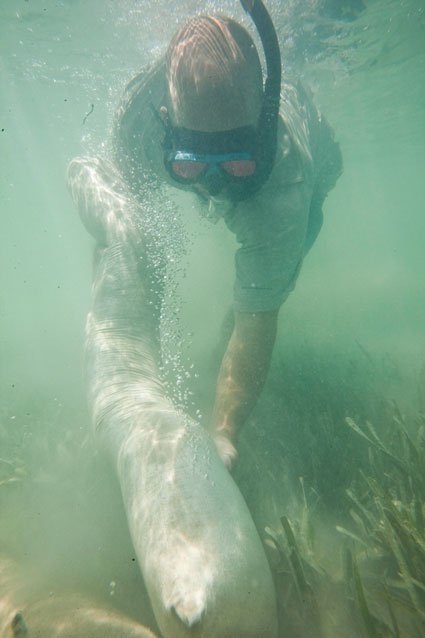
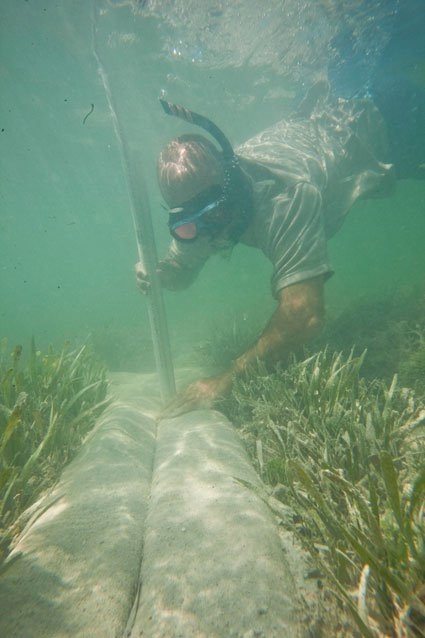
Seagrass needs you! Whether you live on a coast or not you can help.
- Learn more about seagrass. Take your family to the beach and snorkel in coastal areas! Many sites are easy to access from public parks.
- Be a responsible boater. Prop-dredging and seagrass scarring is an unnecessary impact to the natural resources that you can control. Study your charts. Read the waters. Know your depth and draft.
- Reduce water pollution. Keep a buffer of plants along your shoreline to prevent pollution from entering our waterways. This will also help to protect your property from erosion and slow flood waters during storm events.
- Spread the word. Get involved with local organizations that promote nature protection and seagrass education.
- Donate to an organization, like TOF, that has the means to restore seagrass.
What The Ocean Foundation has done for seagrass:
- SeaGrass Grow – Our SeaGrass Grow project supports seagrass recovery through various restoration methods including stabilizing unconsolidated sediments and transplanting seagrass. Donate today!
- Community outreach and engagement – We feel this is essential to reduce harmful boating practices and spread the word about the importance of seagrass. We submitted a proposal to NOAA to lead a Puerto Rico Seagrass Habitat Education and Restoration program. This included implementing a two-year conservation and protection program that will address the root causes of habitat degradation to seagrass beds in two target areas of Puerto Rico.
- Blue Carbon Calculator – We developed the first blue carbon calculator with our project SeaGrass Grow. Calculate your carbon footprint, and offset it with seagrass planting.
Photos courtesy of Jeff Beggins and Beau Williams
